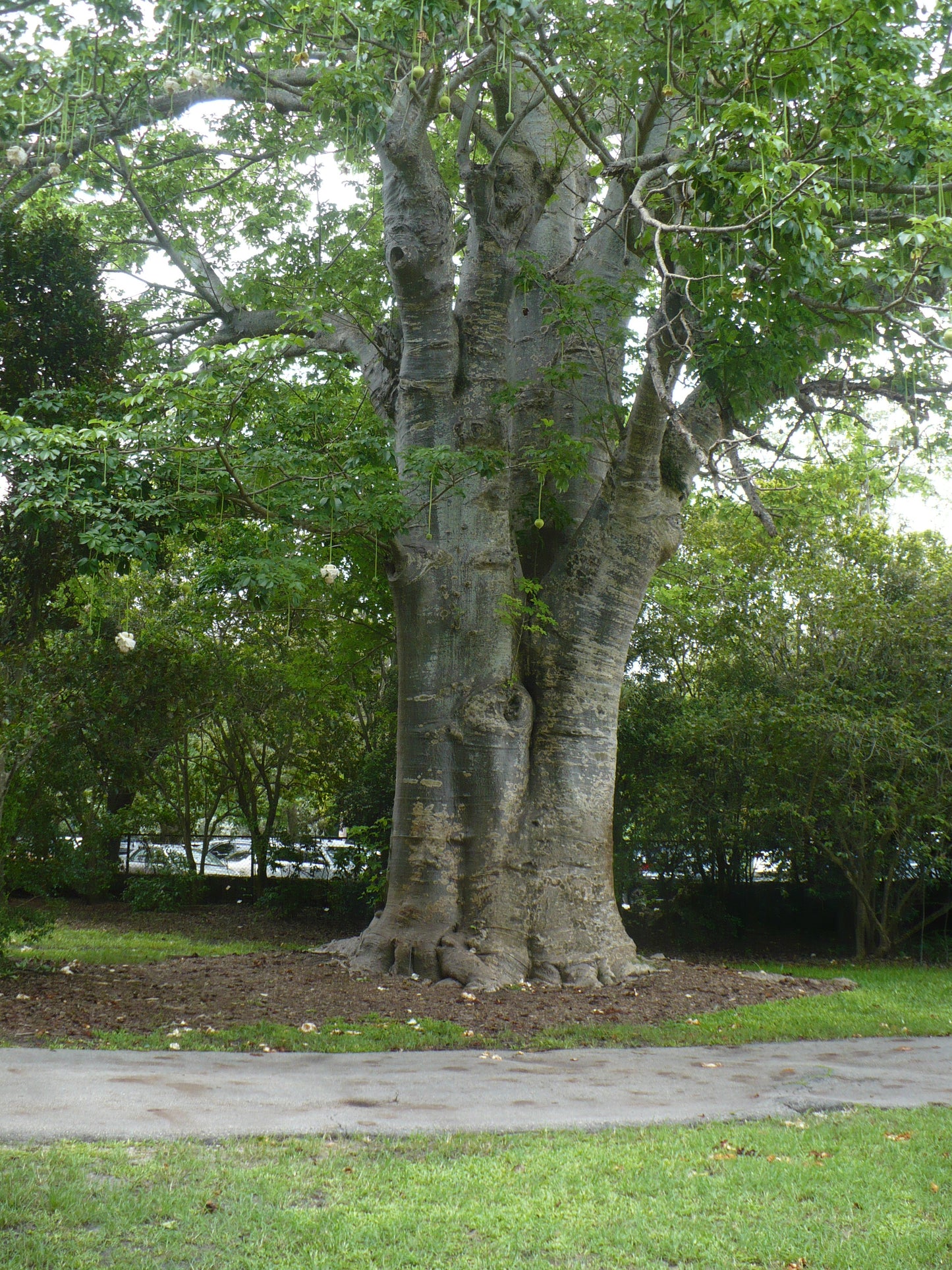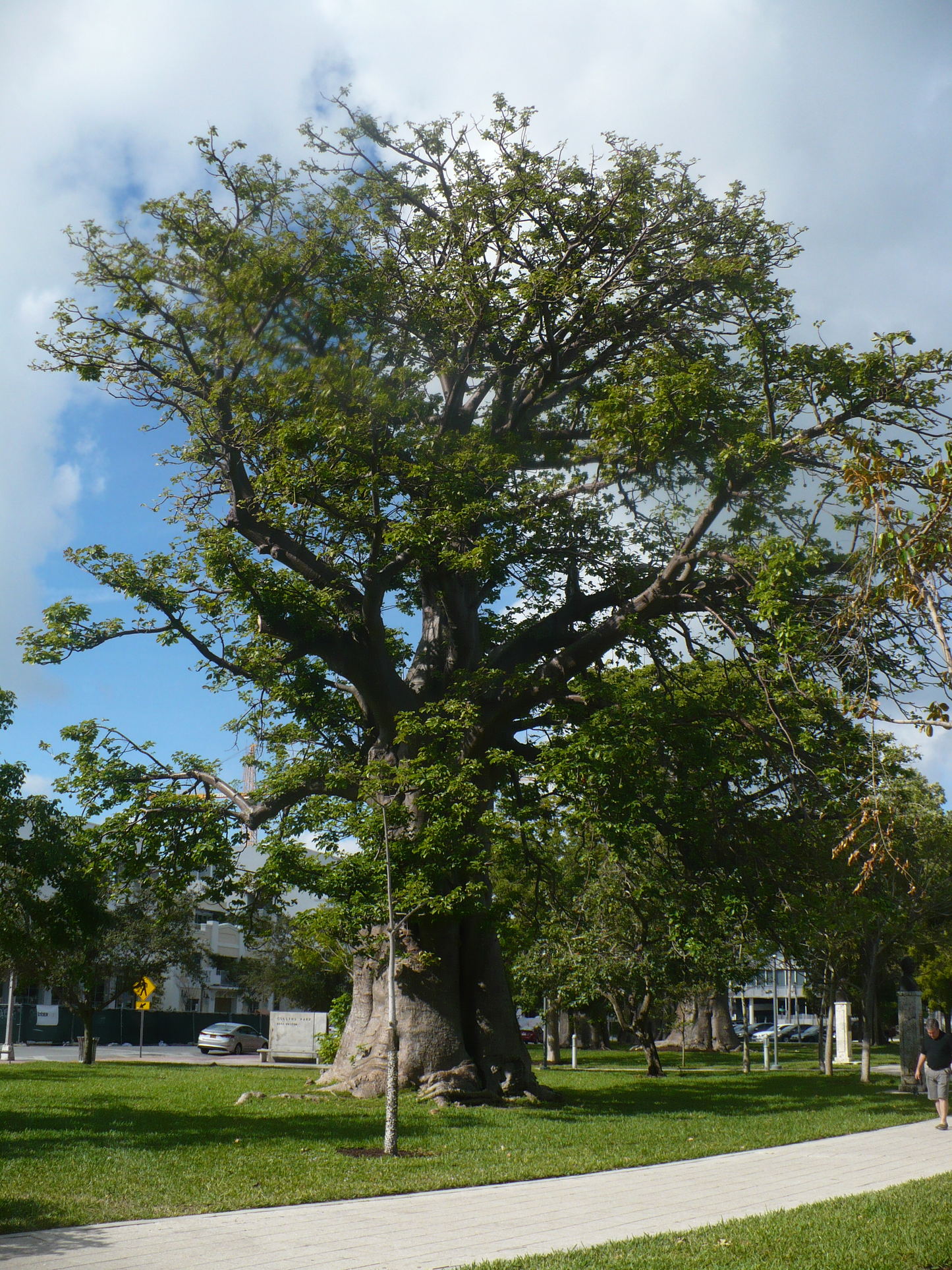Floridaseeds
African Baobab Adansonia digitata 10 Seeds USA Company
African Baobab Adansonia digitata 10 Seeds USA Company
Couldn't load pickup availability
Adansonia digitata, commonly known as the baobab tree, is a distinctive and iconic tree native to the African continent. It belongs to the Bombacaceae family and is renowned for its unique appearance, with a massive, swollen trunk that can store large amounts of water, allowing the tree to survive in arid and drought-prone regions.
The baobab tree is characterized by its stout, tapering trunk and sparse, but large, branches that resemble roots reaching into the sky. Its leaves are palmate and compound, with multiple leaflets radiating from a central point. Baobab trees typically grow in savannah and dry woodland habitats across Africa, and they can live for thousands of years.
Various parts of the baobab tree have been traditionally used by indigenous peoples for food, medicine, and material resources. The fruit of the baobab tree, known as "monkey bread" or "baobab fruit," is particularly prized for its nutritional value, containing high levels of vitamin C, calcium, potassium, and antioxidants. The fruit pulp can be dried and ground into a powder for use in beverages, sauces, and baked goods.
Growing Instructions
The seeds have a hard seed coat that has to be treated, or scarified, in order for water to enter the seeds so that they can sprout. Scarify the large, roundish seeds and plant in warm, sandy soil. Scarify by rubbing on sandpaper in one spot until the seed coat is rubbed through and the white pericarp just shows. Alternately, hold the seed down on a cutting board with one finger and slice through one end of the seed, thus revealing a small window through which you will see the white pericarp. Incomplete scarification will yield no results–the seed coat must be pierced! 1. To scarify the seeds, nick or sand the seed coat with sandpaper. 2. Soak the seed in warm water for 24-48 hours. 3. The seeds like moist, well-drained soil. Prepare a mixture of half potting soil and half sand, perlite or vermiculite. Put the soil in a pot. Water the mixture so that it is moist but not wet. 4. Put the seeds on the soil. 5. Cover the seeds with a thin layer of soil. 6. Water the seeds. 7. Place the pots in an area with warm temperatures in full sun. 8. When the seedlings are a few inches tall, they can be transplanted.
Materials
Materials
Shipping & Returns
Shipping & Returns
Dimensions
Dimensions
Care Instructions
Care Instructions
Share




















